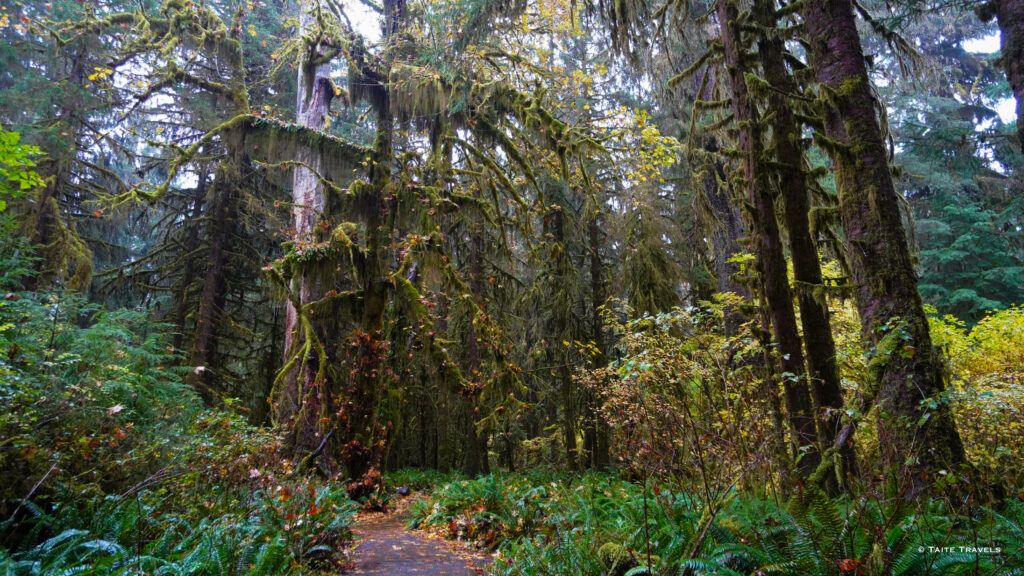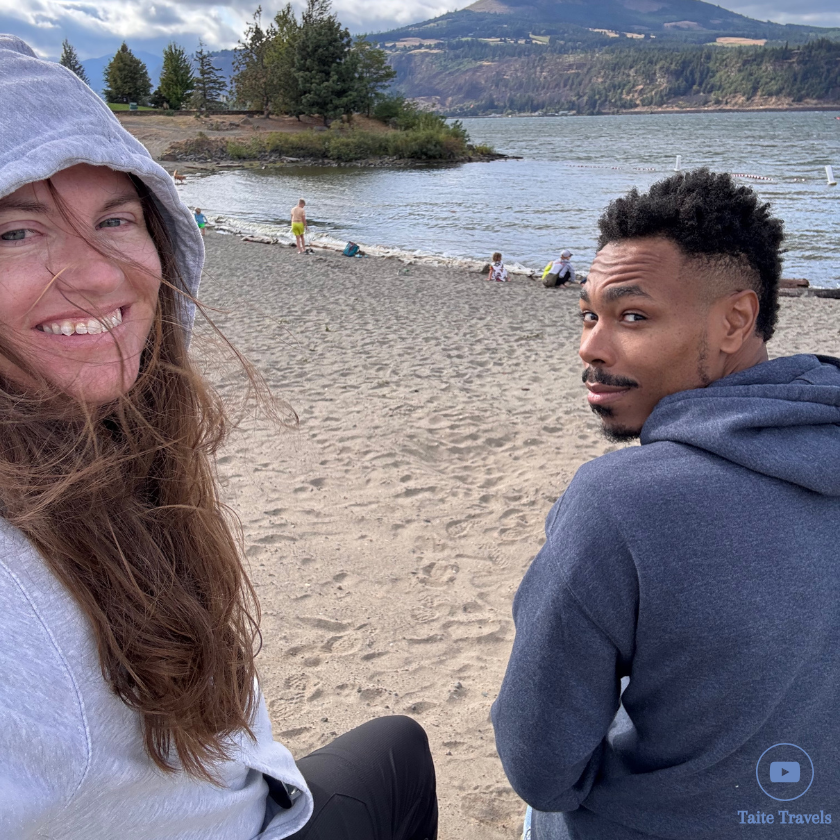Come exploring the Olympic National Park and it’s sprawling wilderness, spanning nearly one million acres on the Olympic Peninsula in Washington State, USA. Nestled in the Pacific Northwest, this park offers an abundance of natural beauty and diverse ecosystems that captivate visitors from around the world.

Exploring the Olympic National Park
Situated in the northwestern corner of the United States, exploring the Olympic National Park is a geographical marvel. It’s bordered by the majestic Pacific Ocean to the west, the serene Hood Canal to the east and wondrous mountains all between. To the south, it merges seamlessly with Olympic National Forest, creating an extensive protected haven. Within Olympic National Park, here are the three primary regions:
The Coastline
The coastline of Olympic National Park is a testament to the dynamic forces of nature at work. Stretching along the rugged Pacific Ocean, this region showcases the remarkable geologic features known as sea stacks. These sea stacks are towering columns of rock that have evolved through centuries of erosion by wind, water, and weathering.
As you continue exploring Olympic National Park and the coastline, you’ll discover pristine sandy beaches and intriguing tide pools teeming with marine life and beautiful rocks of all different colors. Keep a watchful eye out for seasonal gray whale migrations, and observe the diverse array of wildlife, including seals, sea otters, and various seabird species. Beyond its scenic charm, the park’s coastline offers valuable insights into coastal geology, ecology, and the fascinating interplay between land and sea. It’s a living classroom where nature’s lessons unfold.
Third Beach in La Push
La Push is home for the indigenous Quileute Tribe, passing down their rich cultural heritage through generations. The trailhead, also known as Third Beach is located right off La Push Road, and is approximately 1.3 mile hike to the beach. Third Beach is not only a scenic delight but also offers exceptional tide-pooling opportunities. During low tide, the beach unveils a hidden world of marine life, including colorful anemones, curious crabs, and fascinating intertidal creatures. It’s a natural playground for budding marine biologists and curious explorers.

The Olympic Mountains
The Olympic Mountains, at the heart of Olympic National Park, stand as a testament to the geological forces that have shaped this region over millennia. These majestic peaks are the result of tectonic processes, with the subduction of the Juan de Fuca Plate beneath the North American Plate giving rise to their dramatic rise. The centerpiece of the range is Mount Olympus, a colossal summit towering at 7,980 feet (2,432 meters) above sea level.
This region offers a diverse array of hiking trails, suitable for both novice and experienced adventurers. It’s an outdoor enthusiast’s paradise, offering insights into alpine ecosystems and the geological forces that have forged these peaks over countless eons. The Hurricane Ridge Visitor Center provides access to stunning vistas by car, where shorter hikes offer captivating views of the surrounding peaks. The Olympic Mountains are not only a scenic wonder but also a living laboratory for understanding geology and the forces that continue to shape our planet.
Hurricane Ridge Road
Venture along Hurricane Ridge Road for an unforgettable alpine experience in Olympic National Park. This scenic drive takes you to the heart of the park’s stunning Olympic Mountains, where breathtaking vistas, wildflower meadows, and diverse wildlife await. Whether you’re an avid hiker or simply seeking awe-inspiring views, Hurricane Ridge Road offers something for everyone.

The Rainforests
The rainforests within Olympic National Park are a remarkable ecological phenomenon, notably the Hoh and Quinault Rainforests. These lush and enchanting environments are one of the rarest of their kind globally, characterized by towering trees draped in vibrant green mosses. What sets these rainforests apart is their unique adaptation to consistent rainfall, receiving over 140 inches annually. These rainforests are a living laboratory for ecological studies, where visitors can gain insights into the intricate balance of life, adaptability, and the role of these ecosystems in our global ecology.
Hoh Rainforest
Immerse yourself in the lush beauty of Hoh Rainforest, a hidden gem within Olympic National Park. This enchanting temperate rainforest is a paradise for nature enthusiasts and photographers alike. Ethe Olympic National Park and its moss-draped trees, crystal-clear streams, and an incredible diversity of plant and animal life is an amazing experience. From iconic Sitka spruces to unique fungi, every step through this pristine ecosystem is a journey of discovery. Uncover the secrets of Hoh Rainforest, a captivating wonder where the magic of the Pacific Northwest comes to life.

A Brief History of the Park
The history of Olympic National Park is a tapestry as diverse as its breathtaking landscapes. For years, indigenous tribes such as the Quileute, Hoh, and Makah have called this region home. Their profound connection to the land is interwoven with cultural practices, narratives, and artistic expressions that continue to resonate today. The modern history of the park took its first significant step in 1909 when President Theodore Roosevelt designated it as Mount Olympus National Monument. In 1938, a significant transformation occurred as Mount Olympus National Monument was redesignated as Olympic National Park. This expansion embraced a broader spectrum of ecosystems, solidifying its position as one of the nation’s foremost national parks.
Olympic National Park’s boundaries now enfolded diverse landscapes, from rugged coastlines to ancient rainforests and towering mountains. Throughout its rich history, the park has played a pivotal role in the realm of conservation. The preservation of these unique ecosystems has provided a living laboratory for scientists to study and understand natural processes. Moreover, it has enabled us to grasp the profound impacts of climate change on these delicate environments. The Olympic National Park is a testament to the enduring importance of conservation efforts. As you are exploring the Olympic National Park, you’ll encounter echoes of its storied history. Ancient old-growth forests, some standing for centuries, bear witness to the passage of time. Historic cabins and ranger stations silently narrate tales of dedicated individuals who have toiled to protect and preserve this sanctuary of nature.








